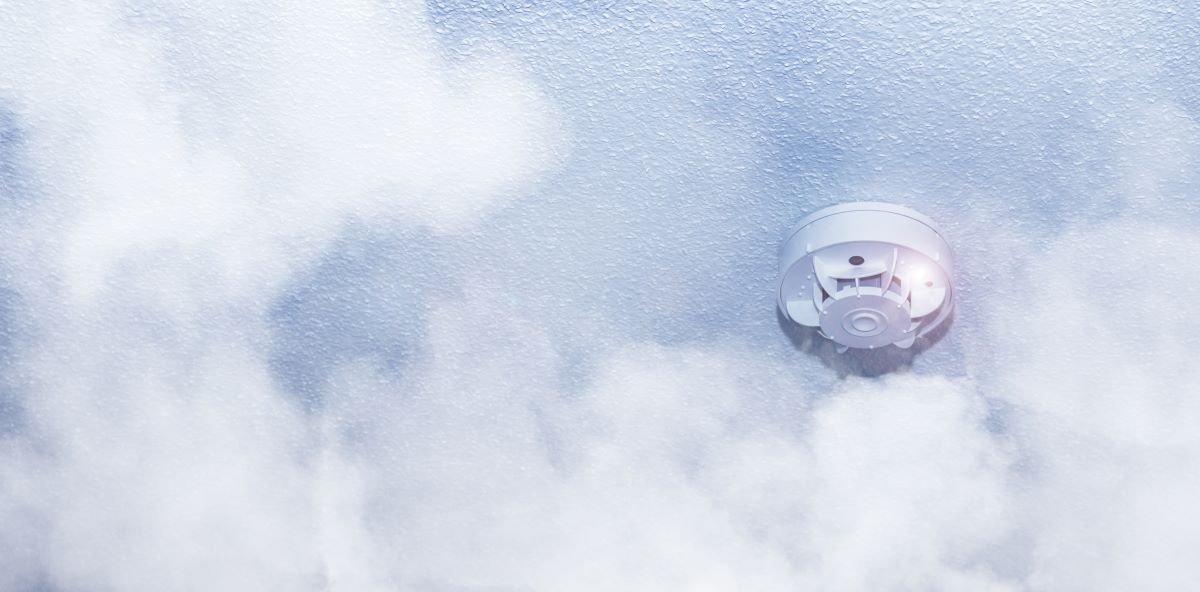
Premium starting ₹150
94% Claims Settled (FY 24-25)

Accessibility Options

General

General Products
Simple & Transparent! Policies that match all your insurance needs.


37K+ Reviews
7K+ Reviews
Scan to download

Life

Life Products
Digit Life is here! To help you save & secure your loved ones' future in the most simplified way.


37K+ Reviews
7K+ Reviews
Scan to download

Claims
Claims
We'll be there! Whenever and however you'll need us.


37K+ Reviews
7K+ Reviews
Scan to download

Resources
Resources
All the more reasons to feel the Digit simplicity in your life!
 Tools & Calculators
Tools & Calculators


37K+ Reviews
7K+ Reviews
Scan to download

37K+ Reviews
7K+ Reviews
Select Preferred Language
Our WhatsApp number cannot be used for calls. This is a chat only number.

Enter your Mobile Number to get Download Link on WhatsApp.
You can also Scan this QR Code and Download the App.

Premium starting ₹150
94% Claims Settled (FY 24-25)



Smoke detectors are fire protection devices that act as silent heroes in your home’s safety. They help you keep safe by alerting you to the presence of smoke, a potential fire indicator.
In this content piece, we’ll delve into the details of what they are, the working of smoke detectors and the different types you can find.
Smoke detectors, often called smoke alarms, are devices that automatically sense the presence of smoke in the air. These electronic fire protection devices are typically placed on ceilings in areas prone to fire-related risks.
Let’s understand the workings of a smoke detector by breaking it into a step-by-step format.
As a first step, the smoke detector identifies particles in the air that might cause fire.
The ionisation smoke detectors use a small quantity of radioactive material securely shielded within the detector. This helps prevent any radiation exposure to the one handling the device.
The role of radioactive material inside the detector is to ionise the air, thus creating an electric current between two metal plates.
Electric current gets disrupted when smoke particles enter the detection chamber and attract the ions.
When more particles enter, the current decreases below a certain amount, causing the alarm to trigger.
Photoelectric detectors use a beam of light inside. Light reaches the detector without any hindrance when there are no smoke particles. However, on the contrary, when smoke particles are present, the light gets scattered when they enter the chamber. Once enough light is scattered, it reaches a specific threshold, sounding the alarm.
Ionisation detectors help quickly identify small particles from flaming fires, while photoelectric detectors are great at noticing bigger and shiny particles, typical of smouldering fires.
It is advisable to have both kinds of detectors in place to enhance fire detection at your home or elsewhere. However, the choice of detectors should be made after carefully considering the location where it must be installed.
There are three types of smoke detectors:
The combination of ionisation and photoelectric sensor system technology to enhance safety is described as dual sensor detectors.
Smoke detectors are specially designed to detect the presence of smoke in the air.
Smoke detectors are specially designed to detect the presence of smoke in the air.
Ionisation and photoelectric detectors are commonly found in homes. However, some homes may also use dual-sensor detectors for advanced safety.
Ionisation and photoelectric detectors are commonly found in homes. However, some homes may also use dual-sensor detectors for advanced safety.
If properly handled, a smoke detector passes no radiation health risk.
If properly handled, a smoke detector passes no radiation health risk.